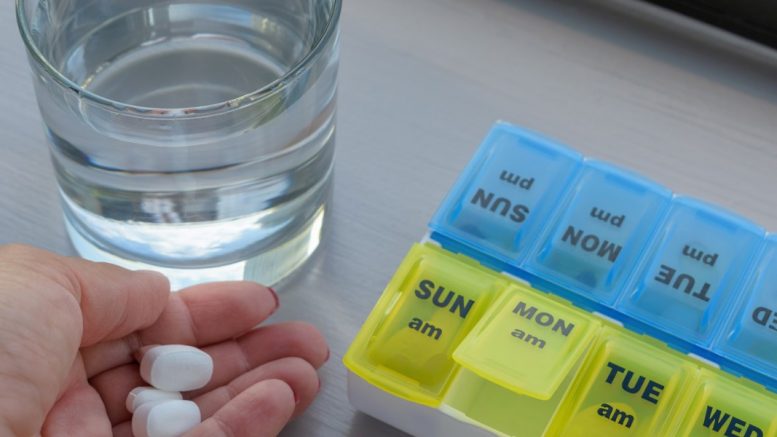Results Highlight the Need for Increased Adoption of Price Transparency and Comparison Tools
Even with the availability of price transparency tools, many patients are still left in the dark about prescription costs, with half of consumers abandoning needed medications at the pharmacy, according to a recent consumer survey sponsored by health technology pioneer DrFirst.
“This is a danger zone for public health,” said Colin Banas, MD, MHA, chief medical officer for DrFirst. “For some patients, especially those with chronic health conditions like diabetes, heart disease, and high blood pressure, prescription abandonment can lead to serious health problems and hospital readmissions.”
Cost-related non-adherence could become a leading cause of death in the U.S. by 2030, surpassing diabetes, influenza, pneumonia, and kidney disease, according to a study by the nonprofit West Health Policy Center and Xcenda. To better understand the issue, DrFirst surveyed 200 American consumers about their experiences with prescriptions and price transparency.
The survey found that:
- Nearly half of consumers (43%) say their doctors did not discuss prescription costs within the last 12 months;
- Half (49.5%) say they have abandoned a prescription at the pharmacy within the past few years because it was too expensive;
- Almost a quarter (24%) say they’ve stopped prescribed therapy because they could no longer afford it
- One in every 10 consumers (11%) report taking less than the prescribed amount to save money
“Sticker shock continues to be a barrier to medication adherence, and there is simply no reason for it,” said Banas. “Patients shouldn’t ever be surprised by the cost of medication at the pharmacy counter. Price transparency tools available today allow prescribers to see their patients’ copay information in real time to discuss medication costs and possible alternatives.”
In addition, patients say they appreciate texts that share cost and savings information to help avoid surprises. Participants rank getting information about their out-of-pocket costs as most valuable (41%), followed by general information about the medication (23%), digital coupons that reduce costs (18.5%), and the cost of a prescription if they do not use insurance (18%).
“Medication adherence is a shared responsibility between healthcare providers and patients, so providers need to understand out-of-pocket costs as well as the costs of alternative therapies so they can have meaningful discussions with patients and make informed prescribing decisions,” said Dr. Banas. “And patients should have access to copay information for their prescriptions regardless of whether their provider discusses it with them.”
Dr. Banas noted that DrFirst makes benefit and cost information available to providers and patients. myBenefitCheck gives clinicians in-workflow insights into prescription costs during an office or telehealth visit, based on patients’ health insurance, to help choose medications patients can afford and increase the likelihood that patients adhere to their drug therapies. DrFirst was the first in the industry to provide price transparency to healthcare providers in the electronic prescribing workflow and has processed more than 185 million transactions to date. RxInform helps reduce prescription abandonment by providing patients with copay information, educational videos, and coupons through secure texts sent automatically when electronic prescriptions are on their way to the pharmacy, which has earned over 90% patient satisfaction rates.
Methodology
Among the 200 consumers participating in the online survey, 52.5% were male and 47.5% were female. The largest age group represented was 25-34 (28.5%), followed by 35-44 (27.5%), and over age 54 (17%).

